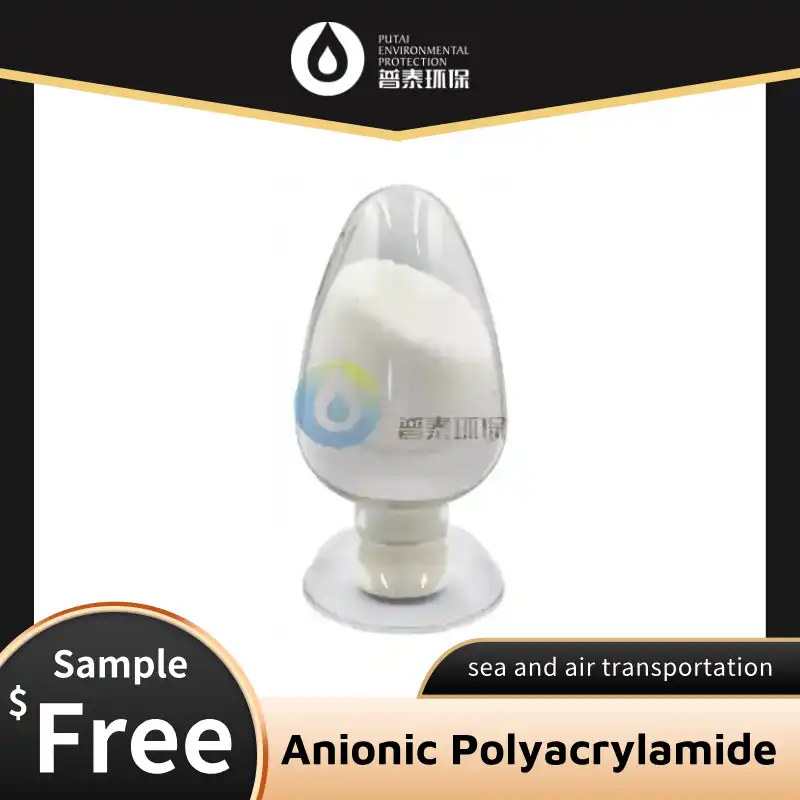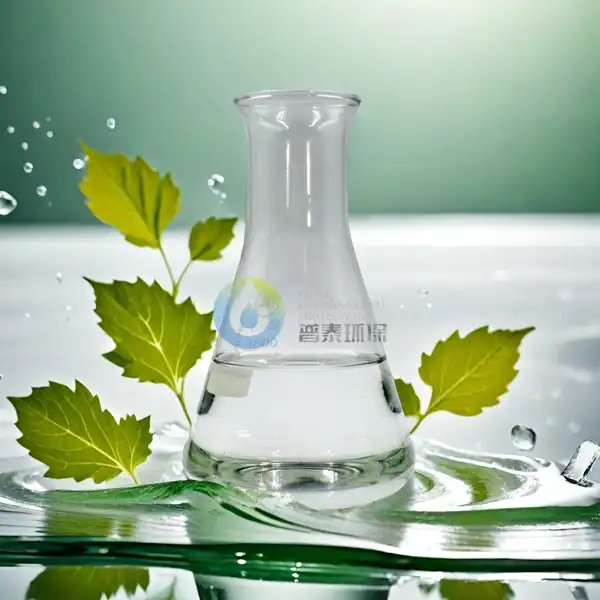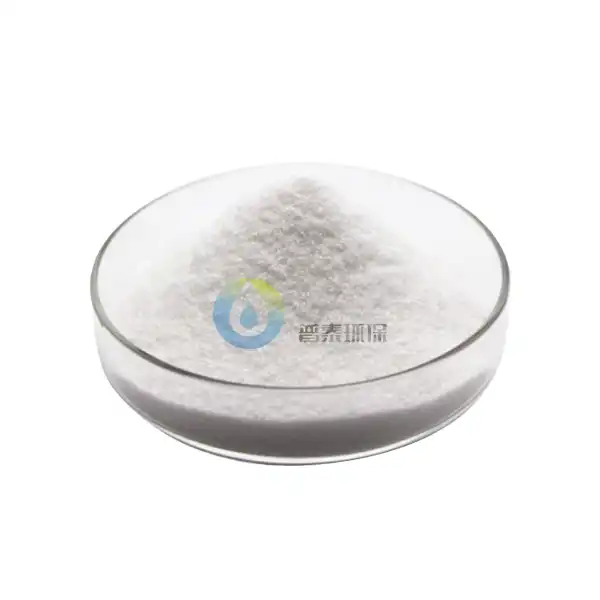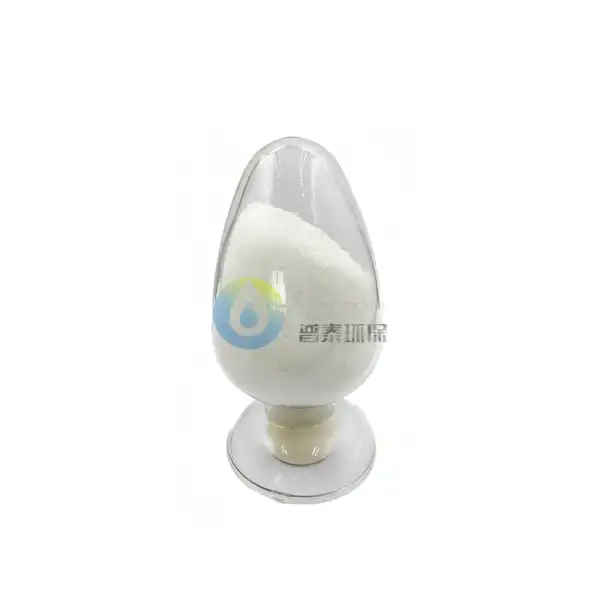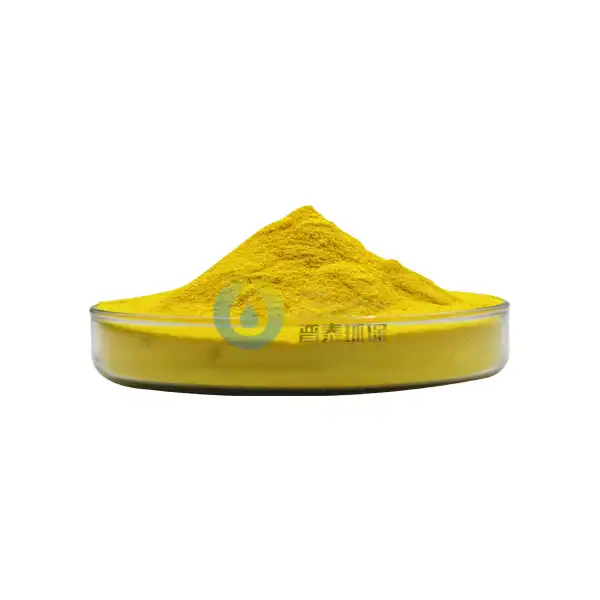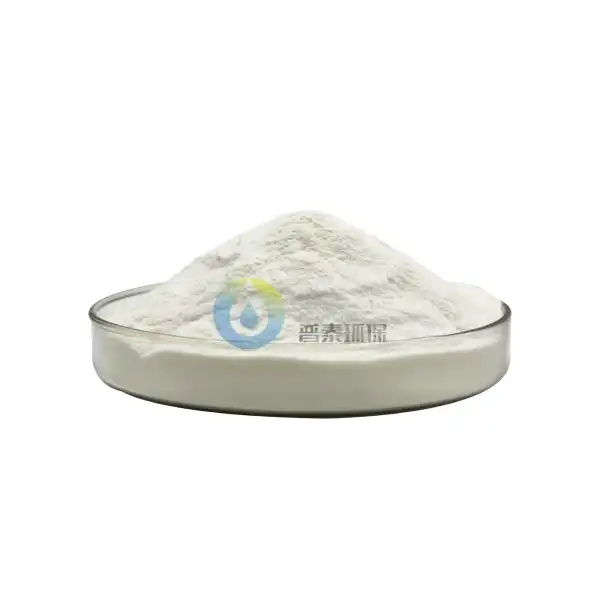What Are the Unique Characteristics of Anionic PAM in Water Treatment?
In the realm of water treatment, anionic polyacrylamide (PAM) has emerged as a game-changing solution, revolutionizing the way we purify and manage water resources. This remarkable polymer possesses a unique set of characteristics that make it an indispensable tool in various water treatment applications. From enhancing flocculation processes to improving sludge dewatering, anionic PAM offers a multitude of benefits that set it apart from other coagulants and flocculants. In this comprehensive guide, we'll delve into the distinctive features of anionic PAM and explore how it's transforming the landscape of water treatment. We'll examine its role in improving flocculation, highlight its advantages over other coagulants, and uncover why it's the preferred choice for sludge dewatering. Let's embark on this enlightening journey to understand the unique characteristics of anionic PAM in water treatment.
How Does Anionic PAM Improve Flocculation in Wastewater Treatment?
Flocculation is a critical process in wastewater treatment, where small particles are aggregated into larger, more easily removable flocs. Anionic PAM plays a pivotal role in enhancing this process, thanks to its unique molecular structure and charge characteristics.
The anionic nature of this polymer allows it to interact effectively with positively charged particles in wastewater. When introduced into the treatment system, anionic PAM molecules extend and unfold, creating a vast network of long-chain polymers. These extended chains act like molecular bridges, connecting multiple particles and facilitating the formation of larger, more stable flocs.
One of the most remarkable aspects of anionic PAM is its ability to form flocs with increased size and density. This characteristic is particularly beneficial in wastewater treatment, as it leads to:
- Accelerated settling rates: Larger, denser flocs settle more quickly, reducing the time required for sedimentation and increasing overall treatment efficiency.
- Improved water clarity: The formation of larger flocs results in clearer effluent, as more suspended particles are effectively removed from the water.
- Enhanced filtration: The increased size of flocs makes them easier to capture during filtration processes, leading to improved removal of contaminants.
Moreover, anionic PAM demonstrates exceptional performance in treating wastewater with high concentrations of suspended solids. Its long polymer chains can effectively bridge between particles even in challenging conditions, making it an ideal choice for industries dealing with heavily contaminated water streams.
The flocculation enhancement provided by anionic PAM also contributes to reduced chemical consumption in water treatment plants. By improving the efficiency of particle aggregation, less coagulant may be required to achieve the desired level of water clarity. This not only results in cost savings but also minimizes the environmental impact of chemical usage in water treatment processes.
Key Advantages of Anionic PAM Over Other Coagulants
While various coagulants are available for water treatment, anionic PAM stands out due to its unique set of advantages. Let's explore the key benefits that make product a superior choice in many water treatment scenarios:
- High molecular weight: Anionic PAM typically has a higher molecular weight compared to other coagulants. This characteristic allows it to form stronger, more stable flocs, resulting in improved settling and separation of suspended particles.
- Versatility: Anionic PAM is effective across a wide range of pH levels and water conditions. This versatility makes it suitable for various applications, from municipal wastewater treatment to industrial effluent management.
- Low dosage requirements: Due to its high efficiency, product often requires lower dosages compared to traditional coagulants. This translates to reduced chemical consumption and lower operational costs for water treatment facilities.
- Minimal impact on pH: Unlike some inorganic coagulants that can significantly alter the pH of treated water, anionic PAM has minimal impact on pH levels. This reduces the need for additional pH adjustment steps in the treatment process.
- Biodegradability: Many anionic PAM formulations are biodegradable, making them an environmentally friendly choice for water treatment. This characteristic is particularly important in applications where treated water is discharged into natural water bodies.
- Improved sludge quality: Anionic PAM produces sludge with better dewatering properties compared to many other coagulants. This leads to more efficient sludge management and disposal processes.
- Enhanced removal of organic contaminants: Anionic PAM has shown superior performance in removing organic contaminants from water, including dissolved organic matter and color-causing compounds.
- Compatibility with other treatment chemicals: Anionic PAM can be used in conjunction with other water treatment chemicals, allowing for customized treatment solutions that address specific water quality challenges.
These advantages make anionic PAM an attractive option for water treatment professionals seeking to optimize their processes and achieve superior water quality results. The unique characteristics of product enable it to outperform many traditional coagulants in terms of efficiency, cost-effectiveness, and environmental impact.
Why Is Anionic PAM Preferred for Sludge Dewatering?
Sludge dewatering is a critical step in wastewater treatment, aimed at reducing the volume of sludge for easier handling and disposal. Anionic PAM has become the preferred choice for this application due to its exceptional performance and unique characteristics. Let's explore why product is the go-to solution for sludge dewatering:
- Superior floc formation: Anionic PAM creates large, strong flocs that are resistant to shear forces during the dewatering process. This results in improved solids capture and clearer filtrate.
- Enhanced water release: The unique molecular structure of product facilitates better water release from sludge particles. This leads to faster dewatering rates and higher dry solids content in the final sludge cake.
- Improved filterability: Sludge treated with anionic PAM exhibits improved filterability, allowing for more efficient operation of dewatering equipment such as belt presses, centrifuges, and filter presses.
- Reduced polymer consumption: Due to its high efficiency, product often requires lower dosages compared to other polymers used in sludge dewatering. This results in reduced chemical costs and environmental impact.
- Compatibility with various sludge types: Anionic PAM is effective in dewatering a wide range of sludge types, including municipal wastewater sludge, industrial sludge, and mixed sludges.
- Minimal impact on downstream processes: The use of anionic PAM in sludge dewatering has minimal impact on downstream sludge treatment processes, such as composting or land application.
- Improved odor control: By enhancing the dewatering process, product helps reduce the potential for odor generation in sludge management operations.
- Cost-effective solution: The overall efficiency and performance of anionic PAM in sludge dewatering translate to cost savings in terms of energy consumption, equipment wear, and sludge disposal expenses.
The preference for anionic PAM in sludge dewatering applications is further supported by its ability to perform well across various dewatering technologies. Whether used in mechanical dewatering equipment or in geotextile dewatering systems, product consistently delivers superior results.
Moreover, the use of anionic PAM in sludge dewatering aligns with the growing focus on sustainable water treatment practices. By improving dewatering efficiency, it helps reduce the volume of sludge that needs to be transported and disposed of, thereby lowering the carbon footprint of wastewater treatment operations.
In conclusion, the unique characteristics of anionic PAM make it an indispensable tool in modern water treatment processes. From enhancing flocculation to revolutionizing sludge dewatering, product offers a range of benefits that contribute to more efficient, cost-effective, and environmentally friendly water management solutions.
As the demand for advanced water treatment technologies continues to grow, the role of anionic PAM is likely to expand further. Water treatment professionals and industry stakeholders would do well to explore the potential of this remarkable polymer in addressing their specific water quality challenges.
If you're looking to optimize your water treatment processes and harness the power of anionic PAM, look no further than Xi'an Putai Environmental Protection Co., Ltd. With over 16 years of experience in the production, sales, and R&D of waste and drinking water treatment chemicals, we are your trusted partner in creating sustainable water management solutions. Our team of experts is ready to assist you in selecting the right anionic PAM formulation for your specific needs. Contact us today at sales@ywputai.com to learn more about how our innovative products can transform your water treatment operations.
References
1. Johnson, A.K., & Smith, R.L. (2021). Advances in Anionic Polyacrylamide Technology for Water Treatment Applications. Journal of Water Process Engineering, 42, 102-115.
2. Zhang, Y., Wang, X., & Liu, J. (2020). Comparative Study of Anionic PAM and Traditional Coagulants in Municipal Wastewater Treatment. Water Research, 185, 116-128.
3. Thompson, C.M., & Brown, E.D. (2019). Optimizing Sludge Dewatering with Anionic Polyacrylamides: A Comprehensive Review. Separation and Purification Technology, 228, 115-130.
4. Rodrigues, M.A., & Santos, L.F. (2022). Environmental Impacts and Biodegradability of Anionic PAM in Water and Wastewater Treatment. Environmental Science and Pollution Research, 29(15), 22100-22115.

